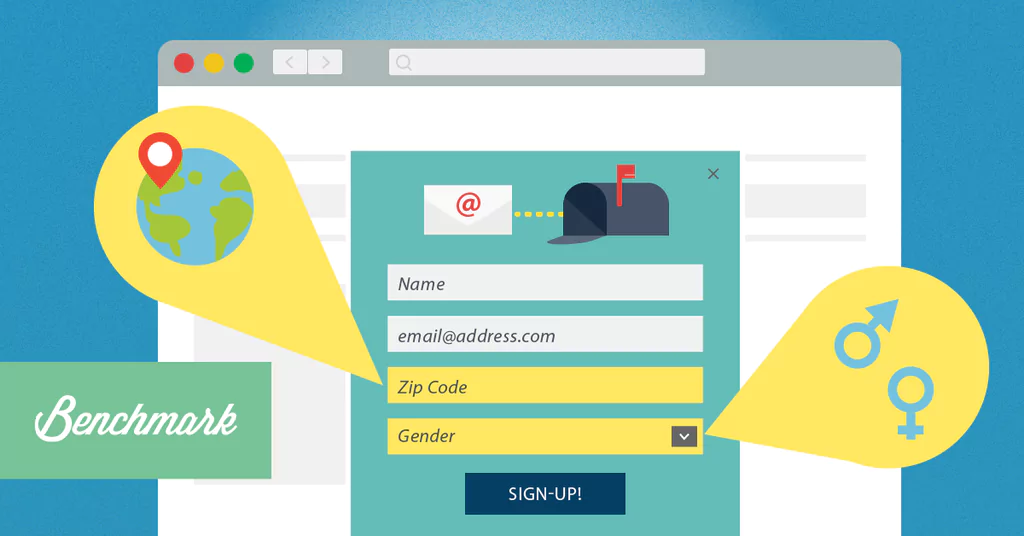You may feel like you’re missing out on Black Friday – the biggest pre-holiday shopping day that comes the day after Thanksgiving. Yet, recent years show that Black Friday cyber sales were up by at least 19% with average orders reaching a minimum of $135. In fact, it’s not just that e-commerce is doing well. It’s that e-commerce is doing better than brick-and-mortar sales on the same day.
If you think that you’re still at a competitive disadvantage from brick-and-mortar businesses, consider the following from Marcia Kaplan who writes a compelling article for Practical Ecommerce, titled “Ecommerce Strong on Black Friday, Cyber Monday.”
“Brick-and-mortar retail sales on Black Friday were disappointing. The tactic of opening stores on Thanksgiving Day simply spread spending over two days rather than increasing it. While Thanksgiving Day store traffic increased by 27 percent over last year according to the National Retail Federation, Black Friday brick-and-mortar retail sales decreased 13.2 percent from last year. Meanwhile, stores that did open on Thanksgiving Day garnered substantial bad publicity for denying their employees a day off while the stores paid time and a half for those working on the holiday.”
Yet, according to Kaplan, brick-and-mortar businesses with an e-commerce option, saw sales increase in that sector: “Department store Cyber Monday online sales grew by 70.3 percent over 2012, with mobile sales growing 52 percent year over year. The average order value was $161.83, up 18.7 percent over 2012.”
In fact, Amazon, eBay, Walmart, Best Buy, and Target (in that order), saw record success with online Black Friday sales. Yet it’s not just online sales that do well – social shopping (from Facebook and Pinterest) and mobile sales do particularly well. What this trend tells us that people are looking for convenience; they’d rather shop from the comfort of home with Thanksgiving leftovers within reach.
To gear up your Black Friday e-commerce campaign, consider spending a minimum of a couple of weeks ahead of time planning and marketing your sale. Your biggest asset in this area is a concrete SEO strategy that includes 6 great tips, sourced from Simon Serrano at BigCommerceBlog, two of which are:
Integrating Keywords: Researching and adding the right keywords to your website so that people searching your type of merchandise will find you in the search results.
A great tip for knowing which keywords to use is to look at what your competition is doing. Try using the Google Keyword Tool for the best Black Friday deals anticipated for 2014, paying particular attention to the 5 stores expected to top the charts.
Prepping Seasonal Content: Whether you’re creating content targeted for the holiday season, or you’re creating gift guides, you need to start whipping out pieces tailored to this purpose. Serrano recommends offering a holiday gift guide video, adding that “Not only do videos drive a lot of engagement, but people love sharing and linking to videos because they’re easier to consume.”
Moreover, video content lets consumers see the merchandise in a more real way than just on a flat image alone. But offering all content of this caliber is recommended – both print and video. This is an opportunity to draw readership with favorable content that will always get clicked on, like “The 10 Best Things You Buy Your Guy This Holiday Season.” It gets clicks and it plants an idea in their mind.
Having an online business is definitely an advantage this season as more consumers are less inclined to deal with long lines and are more aware of the work/life balance and corporate cultures of big name companies. For brick-and-mortar businesses, doing business on Black Friday means you’re greedy; for e-commerce, it means you’re savvy.










